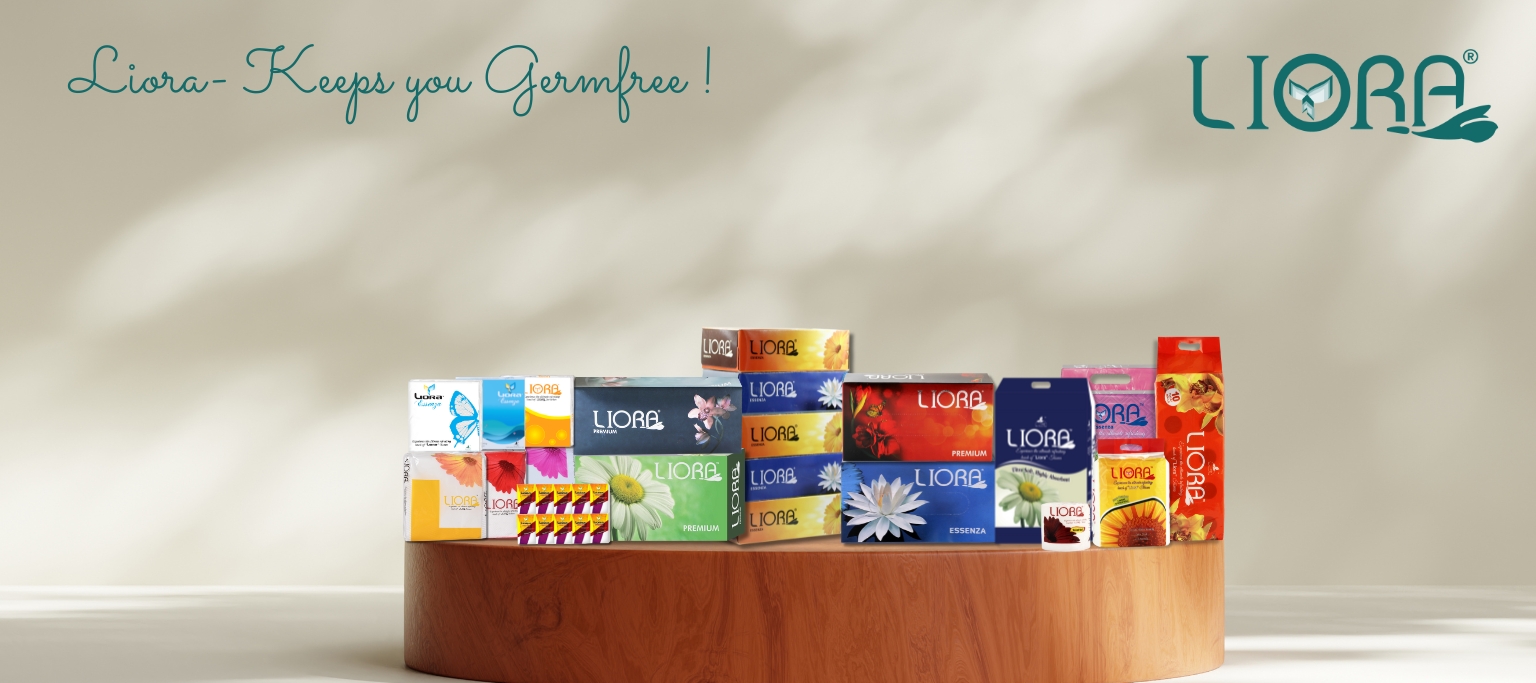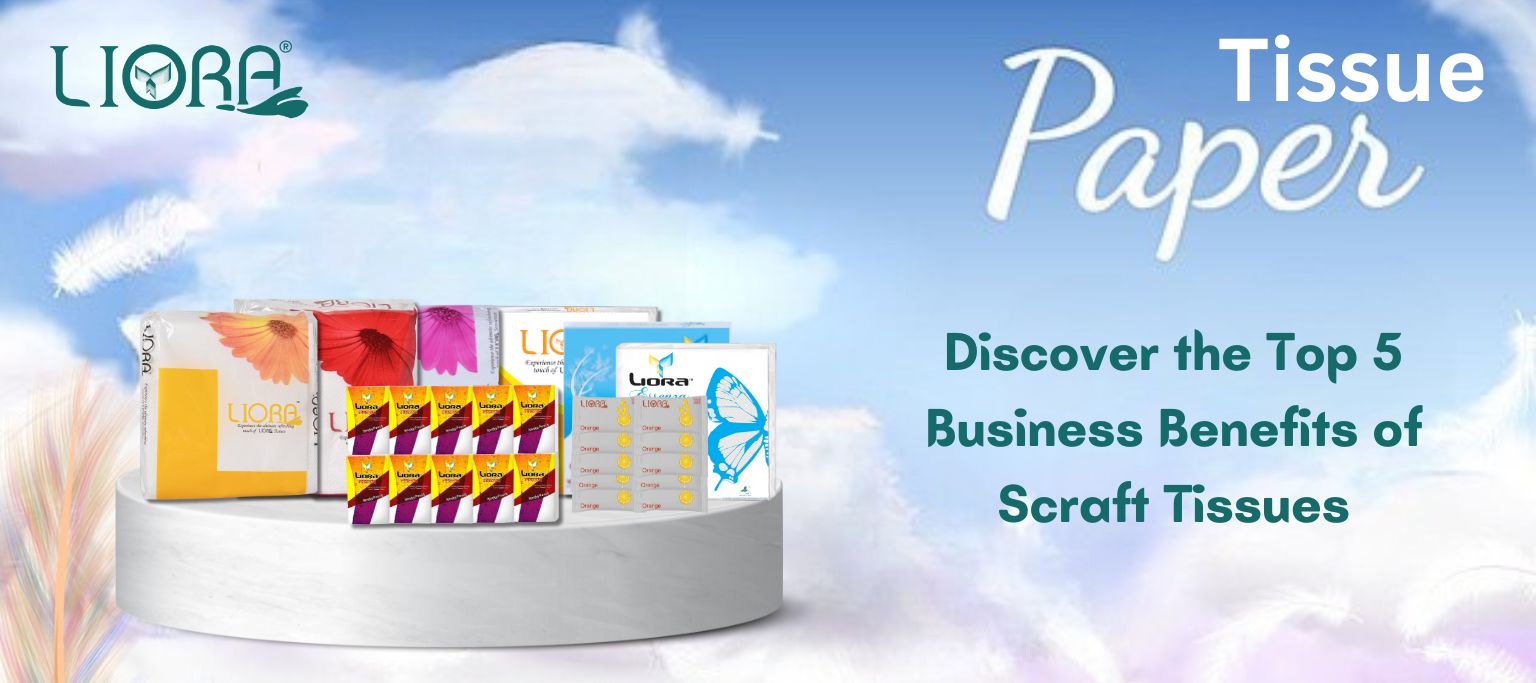Aluminum foil is an essential kitchen and industrial material used for various purposes, from food storage and cooking to insulation and packaging. However, choosing the right aluminum foil can be confusing due to different thickness levels and usage specifications. This guide will help you understand aluminum foil thickness and its appropriate applications to ensure you get the best results.
Understanding Aluminum Foil Thickness
Aluminum foil is categorized based on its thickness, measured in mils (1 mil = 0.001 inches). Here are the common thickness classifications:
- Standard Duty Foil (0.00063 – 0.0007 inches or 16 – 18 microns)
- Ideal for general household use.
- Suitable for wrapping food, covering dishes, and baking.
- Offers moderate strength but can tear easily if handled roughly.
- Heavy Duty Foil (0.0008 – 0.001 inches or 20 – 25 microns)
- More durable and resistant to tearing.
- Perfect for grilling, roasting, and wrapping heavier food items.
- Commonly used for lining baking sheets and covering trays in ovens.
- Extra Heavy Duty Foil (0.0011 – 0.0016 inches or 28 – 40 microns)
- Extremely durable with high puncture resistance.
- Ideal for industrial applications, freezer storage, and heavy-duty grilling.
- Often used in food service, construction, and insulation.
Choosing the Right Aluminum Foil for Different Applications
1. Cooking and Baking
- For baking and light cooking, standard-duty foil works well for wrapping and covering food to retain moisture.
- For grilling and roasting, heavy-duty foil is preferable as it can withstand high heat and prevent tearing.
- For lining baking trays, use non-stick foil or heavy-duty foil to prevent food from sticking.
2. Food Storage and Freezing
- For short-term food storage, standard aluminum foil is sufficient to cover food and maintain freshness.
- For freezing, extra heavy-duty foil is recommended to prevent freezer burn and ensure better preservation.
- For wrapping acidic foods, avoid aluminum foil directly, as it can react with ingredients like tomatoes and citrus fruits.
3. Insulation and Industrial Use
- For insulation purposes, extra heavy-duty foil is used in HVAC systems to wrap air ducts and pipes.
- For packaging and shipping, thicker aluminum foil is preferred for durability and protection.
- For electrical applications, aluminum foil acts as a conductive material in various electronic components.
Additional Tips for Using Aluminum Foil
- Avoid using foil in microwaves unless labeled microwave-safe. Regular aluminum foil can cause sparks and fire hazards.
- Use foil-wrapped pans for easy cleanup when roasting or baking greasy foods.
- Recycling aluminum foil helps reduce environmental impact. Ensure it’s clean before recycling.
- When grilling, avoid direct contact of foil with flames to prevent overheating and melting.
Conclusion
Selecting the right aluminum foil depends on your intended use. For everyday kitchen tasks, standard-duty foil suffices, while heavy-duty and extra heavy-duty foils are ideal for grilling, freezing, and industrial applications. Understanding foil thickness and its benefits ensures efficiency and cost-effectiveness in both household and commercial settings. Next time you shop for aluminum foil, consider the thickness and intended use to make the best choice!




